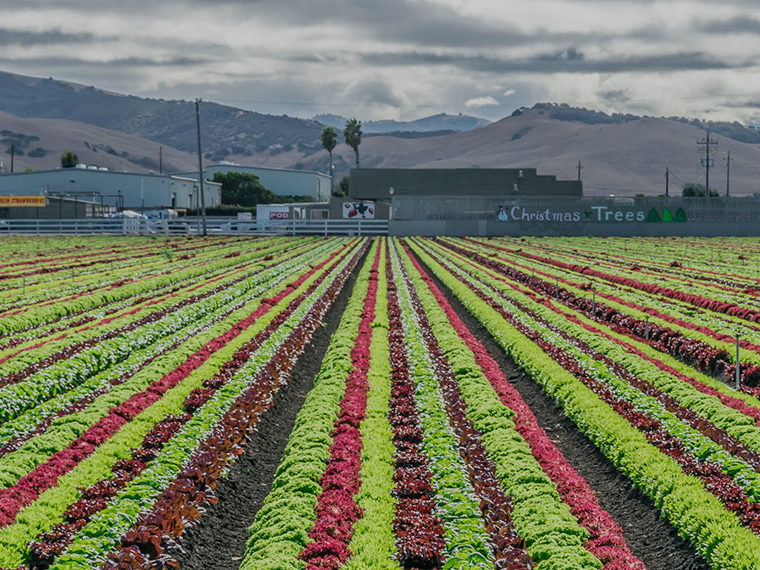A model incorporating markets that allow betting on elections suggests a role in prognostications
Polling has a history of confidently predicting presidential winners — only to end up spectacularly wrong. In 1948, polling led some newspapers to prematurely declare Thomas Dewey the winner over Harry Truman. In 1980, polls suggested a close race, but Jimmy Carter lost in a landslide. In 2016, polls showed Hillary Clinton beating Donald Trump.
One reason forecasting U.S. elections is so challenging is that the presidency isn’t determined by popular vote but by state-based electoral votes. To predict a winner, one must accurately forecast the outcomes in 56 separate races — one for each state, plus Washington, D.C. and five congressional districts across Nebraska and Maine.
Each state carries electoral votes based on its House representation plus two Senate seats for a total of 538 electoral votes; 270 needed to win. So, better data on voter dynamics in each state ought to improve election forecasting.
A working paper by UCLA Anderson’s Mikhail Chernov and Johns Hopkins’ Vadim Elenev and Dongho Song sets out to create a more accurate forecasting model. For their model, they add prediction markets and economic indicators to polling data.
Their framework also examines how voter preferences correlate, or move together, in different states. The researchers suggest that most variations in voter preferences can be distilled down to two factors: one that captures overall trends in voter preferences for a candidate likely influenced by the economic outlook; another that reflects responses to key campaign events such as debates, breaking news and candidate announcements.
The researchers’ model identifies “state clusters” groups of states that have similar electoral behavior. This helps predict how election outcomes in certain states might correlate to results in other states. The clusters are derived from current 2024 election data, rather than historical data, and can update dynamically as voter opinions shift during the run-up to an election.
Daily Updates and the Beauty of Contrasting Errors
The researchers utilize FiveThirtyEight’s polling averages and supplement them with data from Nate Silver’s independent Silver Bulletin to address gaps in data availability that emerged right after Kamala Harris replaced Joe Biden as the Democratic candidate.
For economic data, three variables recognized as key predictors in macro-finance were chosen:
- Aruoba-Diebold-Scotti Business Conditions Index — a measure of economic activity
- S&P 500 stock index — a measure of the stock market activity
- Yield spread between 10-year and 3-month treasuries — which can signal economic downturns
These variables impact each state uniformly, impact voter sentiment, update prices daily and together provide a broad view of the economy.
Markets Brim With Information
The prediction market data came from end-of-day trading prices for contracts at Polymarket — a platform for betting on events or topics. In particular, the authors used data on contracts for bets determining whether a presidential candidate will win a specific state. While this data is state-specific, the people betting money on the outcomes are global since political betting is generally illegal in the United States. (Some Americans get around the regulations by using a VPN to log onto the site.)
Generally, markets — like stocks and bonds and the derivative contracts that are based on them — are clearing houses of information and specifically of expectations. In theory, at least, everything that’s known about the prospects of, say, Microsoft, is baked into its stock price. So, one can envision election prediction markets over time reflecting the universe of information and expectations about a particular race.
The authors, in an email exchange, say these instruments offer insights beyond traditional, often non-model-based expert-driven election forecasting. The markets provide nearly immediate feedback, responding faster than polls to events such as debates, breaking news or economic data releases. They can also capture inside information that investors might have or reflect expectations of trends not yet visible in polling.
As of Oct. 30, 2024, the trading volume on Polymarket for swing states like Pennsylvania and Michigan is about $20 million apiece. North Carolina is at roughly $11 million and Nevada $7.7 million. These volumes are tiny (U.S. stock trading totals hundreds of billions of dollars daily). This means that bets from large investors can skew the market. In fact, Polymarket has seen heavy betting for Trump during October by an individual located in France. The authors mitigate these concerns by aggregating bets on the state-level elections using a model that allows for errors and biases.
As of Oct. 30, bet pricing on Polygon suggests Trump has a 66% probability of winning and Harris a 34% probability. FiveThirtyEight’s polling data averages show Harris with 48% of the national vote to Trump’s 52%.
The researchers suggest that both polling averages and prediction markets are error-prone. But because those errors are uncorrelated, it’s valuable to view them together to determine the true margin of difference in the probabilities.
Identifying State Clusters
Chernov, Elenev and Song use all their data to build a model representing voter preferences in each state. To determine the main factors driving the variation in voter preferences, they performed an analysis that identified the overriding patterns in the data. They suggest the main factors to be a trend in voter preferences for a candidate (due to macroeconomic fundamentals) and voter responses to campaign events.
Using their two main factors determining voter preferences, the researchers group states into clusters where voters share similar patterns of shifts in sentiment. Clusters include Arizona, Georgia, Nevada, labeled Sun Belt, and Pennsylvania, Michigan and Wisconsin, or Rust Belt. The authors suggest that North Carolina, commonly considered part of the Sun Belt, belongs by itself.
Clustering the states enables the researchers to analyze how changes in one state’s voter preferences correlate with those experienced by voters in other states. Once the researchers determined the correlations, they were able to run 10,000 simulations of potential election results based on different estimated voter preferences and how those dynamics played across states.
The simulation outcomes were averaged to calculate the probabilities of a candidate winning the presidential election. The researchers then compared their results with what they would have been if there were no correlations between the states.
Their model also identifies pivotal states that are key to the overall election outcome. They suggest Pennsylvania is most pivotal. In their model, a Harris win in Pennsylvania would change her probability of winning Nevada to 68% from 24%. Likewise, they suggest it would change her probability of winning Arizona to 22% from 5%. Georgia is the next most pivotal state.
The model could help guide analysts on Election Night to better predict the final outcome as state results roll in. And before that, candidates might use it to guide where to spend campaign dollars toward the end of the race.
Chernov, Elenev and Song’s model shows Donald Trump with a 72.6% probability of winning the election. Had the correlations between states not been taken into account, the forecast would be an almost 90% probability of Trump winning. Consequently, the researchers suggest that overlooking the correlation between states’ outcomes can lead to biased predictions.
The study suggests that combining traditional polling with economic data and prediction market prices, and analyzing how state outcomes correlate to each other, could offer a more complete picture of the presidential race.
Featured Faculty
-
Mikhail Chernov
Professor of Finance; Warren C. Cordner Chair in Money and Financial Markets; Director, Master of Financial Engineering Program
About the Research
Chernov, M., Elenev, V., & Song, D. (2024). The Comovement of Voter Preferences: Insights from US Presidential Election Prediction Markets Beyond Polls.





